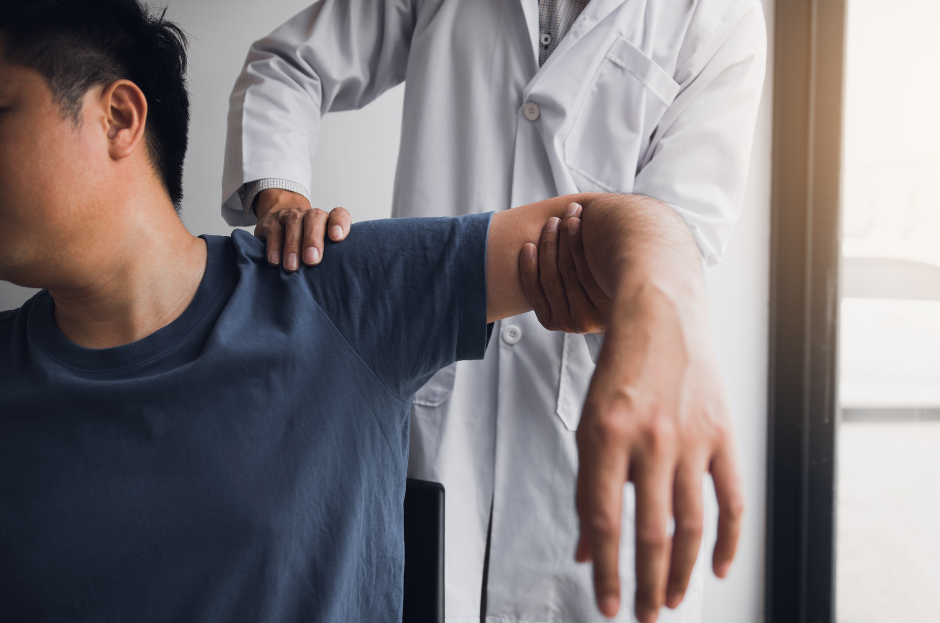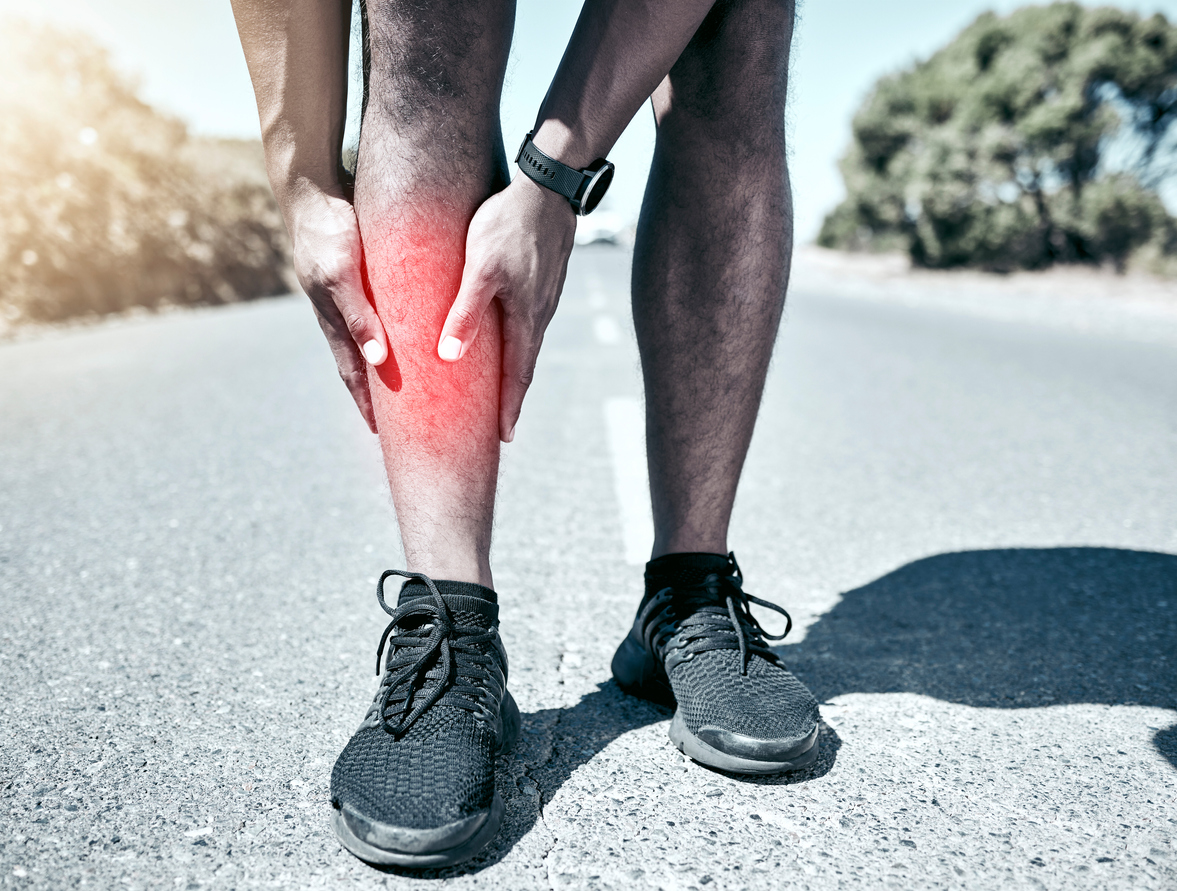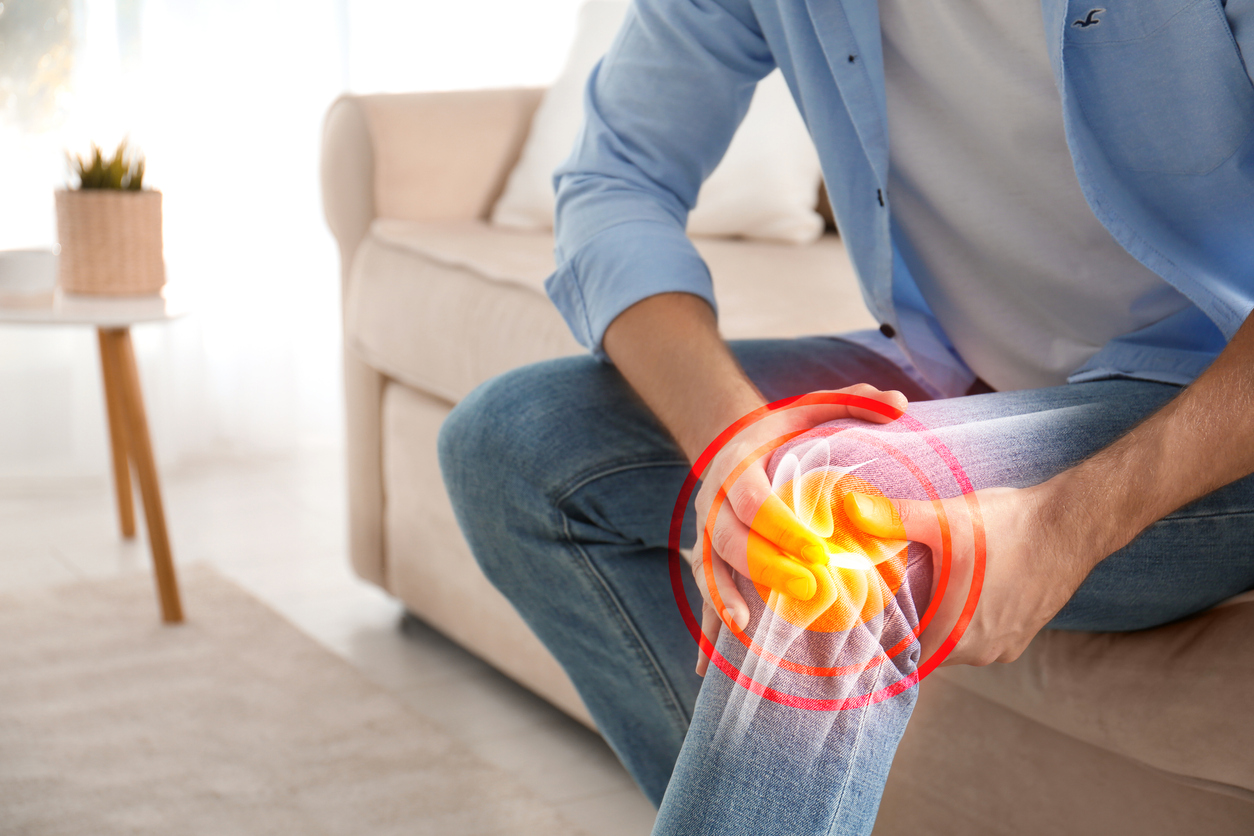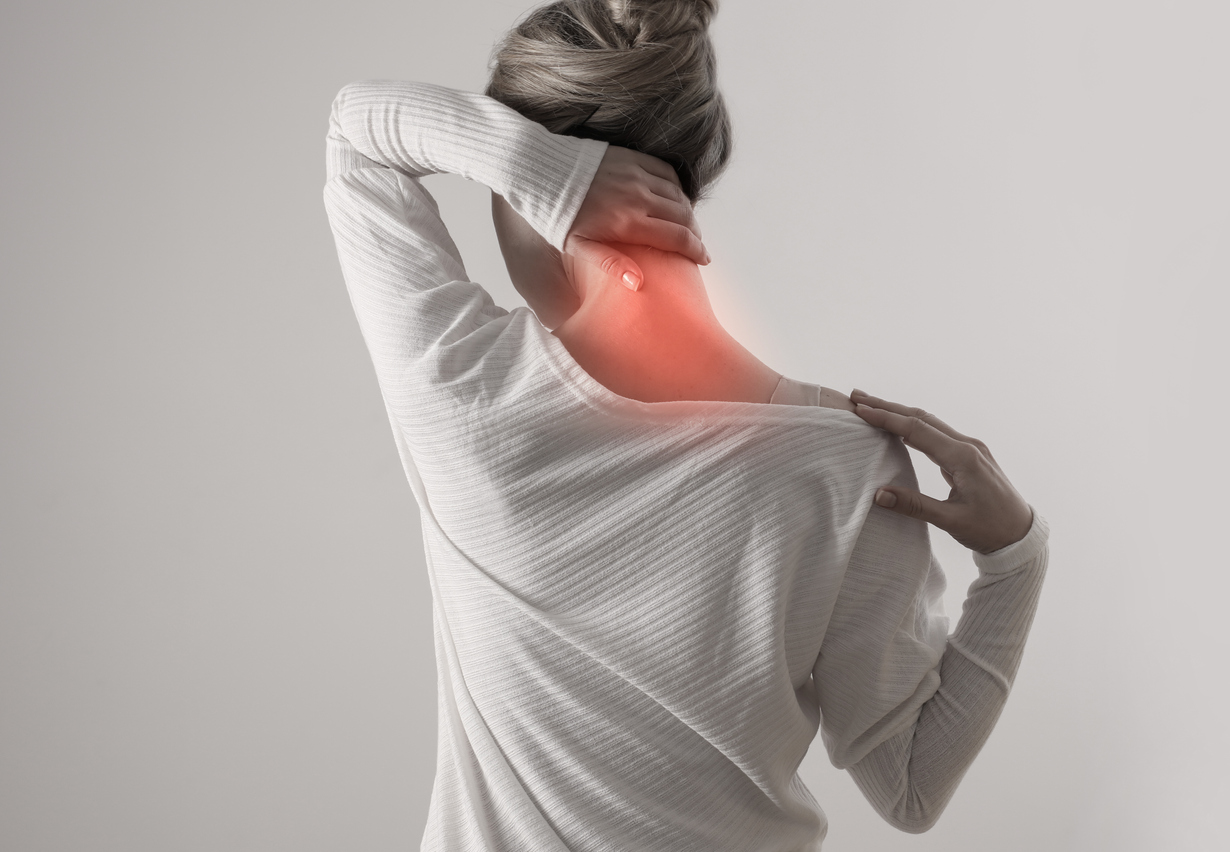What is Chiropractic Care?
Chiropractic care is more than just back pain relief—it’s a natural, hands-on approach to improving your health. Chiropractors use spinal adjustments to restore alignment, enhance mobility, and support the body’s ability to heal itself.
In this blog, we’ll explore:
– The basics of chiropractic care.
– Common conditions it helps treat.
– How chiropractic adjustments can improve your overall well-being.
Whether you’re new to chiropractic care or considering it for the first time, this guide will help you understand its benefits and why it’s a safe, effective choice for many patients.
The Basics of Chiropractic Care
Chiropractic care is a branch of healthcare that focuses on the relationship between the spine and the nervous system. Chiropractors use hands-on spinal manipulation and other techniques to align the body, which can help alleviate pain, improve function, and support the body’s natural ability to heal itself. Common conditions treated by chiropractors include:
– Back and neck pain
– Headaches and migraines
– Sciatica
– Joint pain
– Sports and work-related injuries

Benefits of Seeing a Southeastern Healthcare Professional
Chiropractic care offers numerous benefits, like effective pain relief for back pain, neck pain, and headaches without the need for medications. It also can help restore range of motion and flexibility, improving mobility. Regular adjustments can correct posture issues caused by prolonged sitting or poor ergonomics, leading to better overall posture. Many athletes use chiropractic care to prevent injuries and enhance recovery time, supporting optimal athletic performance. Additionally, chiropractic care promotes holistic wellness by ensuring a properly functioning nervous system, contributing to overall well-being.
There are many benefits to chiropractic care, including:
– Pain Relief
– Improved Mobility
– Better Posture
– Enhanced Athletic Performance
– Holistic Wellness
Curious if Chiropractic Care is Right for You?
Chiropractic care is safe and beneficial for many people, but it may not be suitable for individuals with certain conditions. It’s always best to consult with a healthcare professional before beginning any new treatment.
If you’re in Southeastern North Carolina and looking for a natural way to manage pain, improve mobility, or enhance overall health, our chiropractic services may be a great option for you. By understanding the basics and choosing a qualified chiropractor, you can take a step toward better wellness and a pain-free lifestyle!











